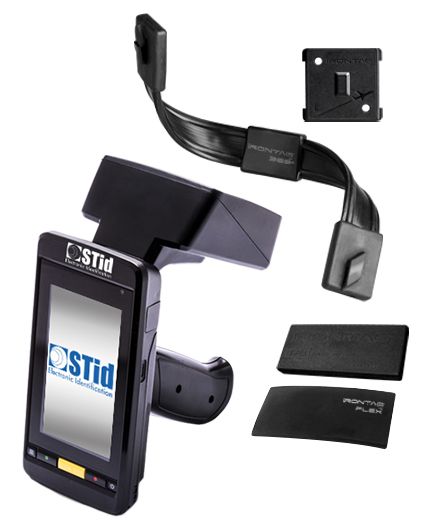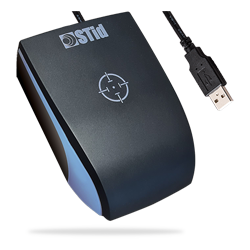


Today, the Air Transport Association (ATA) Aviation Marketplace supports over 380 airline users and their supplier trading partners. Improved visibility thru advance shipment information for better material planning.Clear and standard information exchanged hence avoiding delays.Acquire up-to-date price and lead time information.Reduction in order processing time by eliminating Fax/Mail/Online, thus resulting in lower procurement TAT.
ATA SPEC. 2000 FREE
The value to airlines is primarily derived from having a single, ready, reliable, and consistent data feed into their back-office procurement systems, thus enabling automated, error free and direct order administration with suppliers. SPEC 2000 is a specification of standard formats to exchange information between airlines and their suppliers, which aim to minimize communication ambiguity and errors by standardizing the information exchanges associated with aircraft parts and materials.īelow mentioned is the information flow/formatted message chart for chapters 2,3,& 4 in Spec 2000:įormatted message chart for chapters 2,3,& 4 in Spec 2000

All these problems in turn cause higher expenditure, delay in aircraft maintenance and movement, thus hindering the airlines’ reliability and raising the need for aviation MRO software.Ĭreated by the airline industry to revolutionize the multi-billion dollar business of aviation parts, SPEC 2000 is a comprehensive set of e-Business specifications, products, and services designed to overcome challenges that have plagued the industry’s supply chain for decades. Moreover, the dependency on existing suppliers and inaccessibility to adequate parts pricing details also occurs. This form of procurement means fewer the suppliers fewer are the parts available in the database.

This process then also included creation of RFQ (Request for Quotation), Purchase Order, Order Acknowledgment, Shipping, Invoicing, and few other steps - which over a period of time were done via e-mail, fax and other forms of communication. Traditionally, procurement was paper and conversation-based, and with procurement officers interacting with long-time partners or well-known suppliers, purchasing was done at fixed prices. Since the purchasing costs typically run to 50% of operational costs, the procurement process provides many opportunities for cost saving that can make a great difference to company’s bottom-line. Procurement is really a collection of processes that involve many steps and interactions with the other departments of a company and with suppliers. Spec 2000 - A one-stop-solution for procurement hassles in aviation industry


 0 kommentar(er)
0 kommentar(er)
